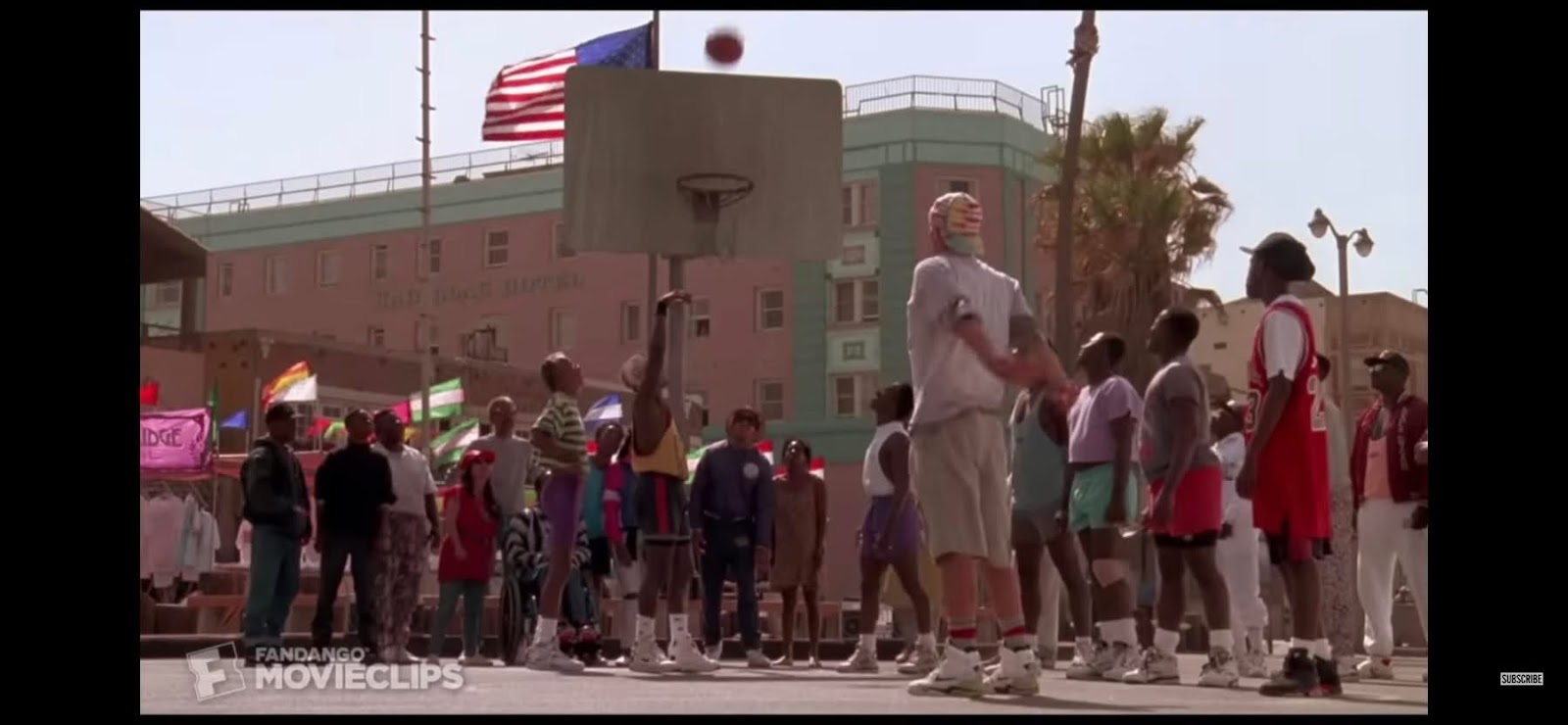I didn’t need a map. I knew exactly where I was going - Courts of Remembrance, a place where legends rest. Bette Davis. Carrie Fisher. Debbie Reynolds. Liberace. But I wasn’t there for the stars of the screen. I came to find a quiet crypt in the corner, the final resting place of a man whose influence stretched far beyond the hardwood.
The Companion Wall Crypt. Designed for two. Now holding a couple whose love story was as steady and timeless as the wisdom he shared.
There are several Forest Lawn cemeteries scattered across Southern California. Only one holds the man who turned coaching into a masterclass on life. Opened in 1952, Forest Lawn Memorial Park - Hollywood Hills is where I walked in silence to pay my respects to the greatest college coach, and teacher of all time: John Wooden.
There’s a calm that settles over you in that place. The noise of the world fades, and your footsteps feel more deliberate. You’re not just approaching a grave. You’re approaching a legacy.
I’ll admit, I was surprised to find that John Wooden and his beloved wife Nellie weren’t laid to rest on the campus of UCLA, the place they helped shape for generations. Instead, their final resting place sits quietly over the Hollywood Hills, 17 miles away from Pauley Pavilion, where they spent much of their lives teaching young people not just how to play, but how to live. And yet, somehow, that distance only reinforces the reach of their influence because their message was never meant to be confined to a court.
Wooden’s crypt is unassuming, just like the man himself. No towering statue. No grand monument. Just two modest plates, four rows up in the first column of crypts. And yet, that quiet space speaks volumes, echoing louder than most tributes ever could.
It’s representative of the man who led UCLA to 10 national championships in 27 seasons yet never asked for a pay raise during his coaching career. His salary was modest as he never made more than $35,000 a year. No agent. No contract battles. He didn’t coach for the paycheck - he coached to shape people.
There’s a story, true to his nature, that in the back of his office sat a dusty Coach of the Year trophy, mostly forgotten. What he valued more were the handwritten letters from former players - notes filled with gratitude, growth, and lessons that had nothing to do with basketball. That was the kind of legacy he cared about.
Standing there, it’s humbling to reflect, not on the trophies or the streaks, but on the lives he changed. The Pyramid of Success wasn’t a strategy to win games. It was a blueprint for living a life of integrity, discipline, and grace.
Later, while in Minneapolis, I made a similar pilgrimage. This time to Roselawn Cemetery in Roseville, just east of the city, to visit Herb Brooks. The architect of the “Miracle on Ice” rests in a simpler grave, but his influence is just as profound. Where Wooden taught the slow, patient art of building character, Brooks ignited belief, unity, and an underdog’s fight. They were different men in different sports, but both used coaching as a platform for something bigger.
Visiting these graves wasn’t about nostalgia or sports history. It was about gratitude. About recognizing that the greatest coaches weren’t just drawing up plays, they were drawing out the best in people.
But here’s the thing: paying your respects shouldn’t end at the headstone.
If you truly want to honor them, take the lessons they gave the world - humility, preparation, teamwork, courage and pass them on. Teach them. Live them. Because a legacy doesn’t live in bronze plaques or marble crypts. It lives in the people who choose to carry it forward.
And in doing so, something beautiful happens. You don’t just walk away with memories - you leave renewed. Re-centered. Recommitted. A quiet conviction to live better, lead humbler, and make your dash between the dates count. Paying your respects, in the end, isn’t just about remembering a life. It’s about being reminded how to live yours.





